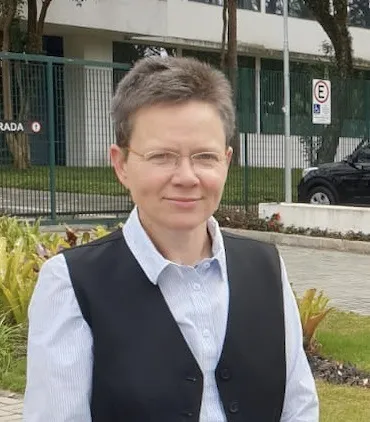Project overview
Cochlear implants restore hearing. The implants generate electrical currents in the inner ear which are recognised as sound by the brain. The currents generate a pattern of electrical signals on the scalp. We have found that this pattern is different in people who report difficulties hearing with their implant. Importantly the patterns can be easily detected in a standard clinic. We are using this finding to develop a new diagnostic tool for people who otherwise have hard to diagnose problems with their implant. This project paves the way for a validated test for use in all cochlear implant clinics.
